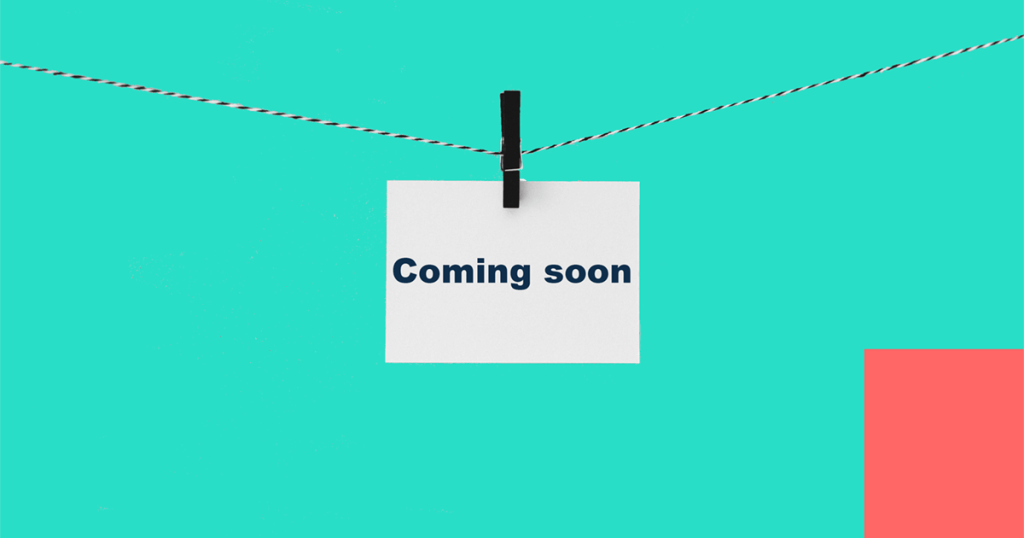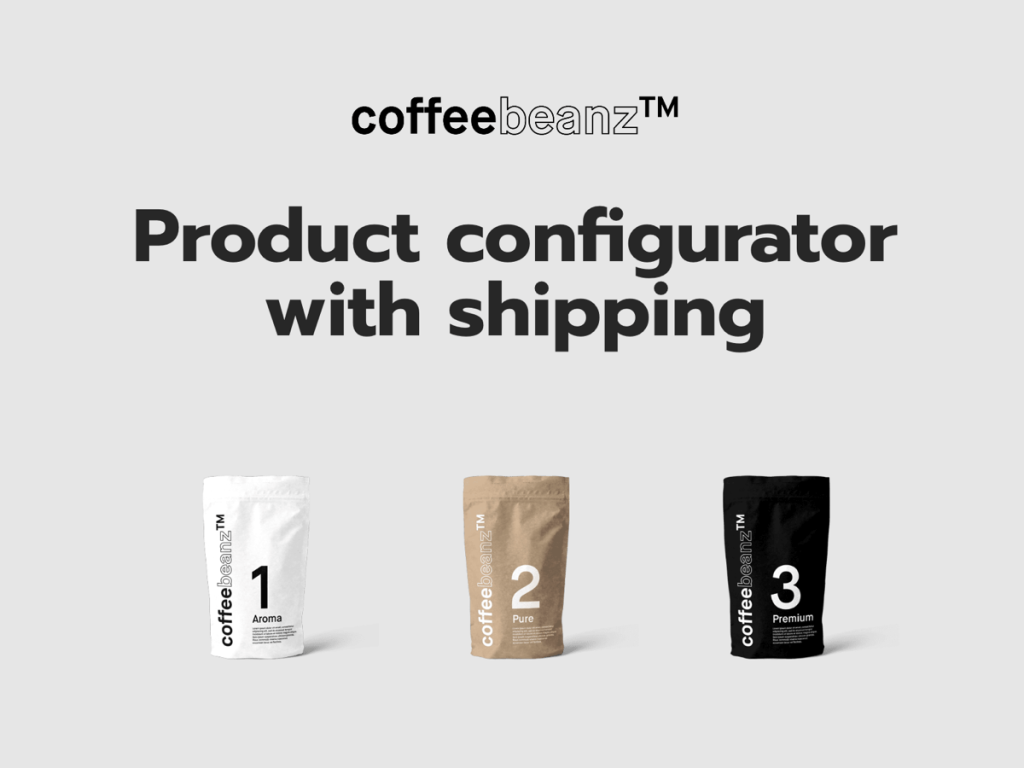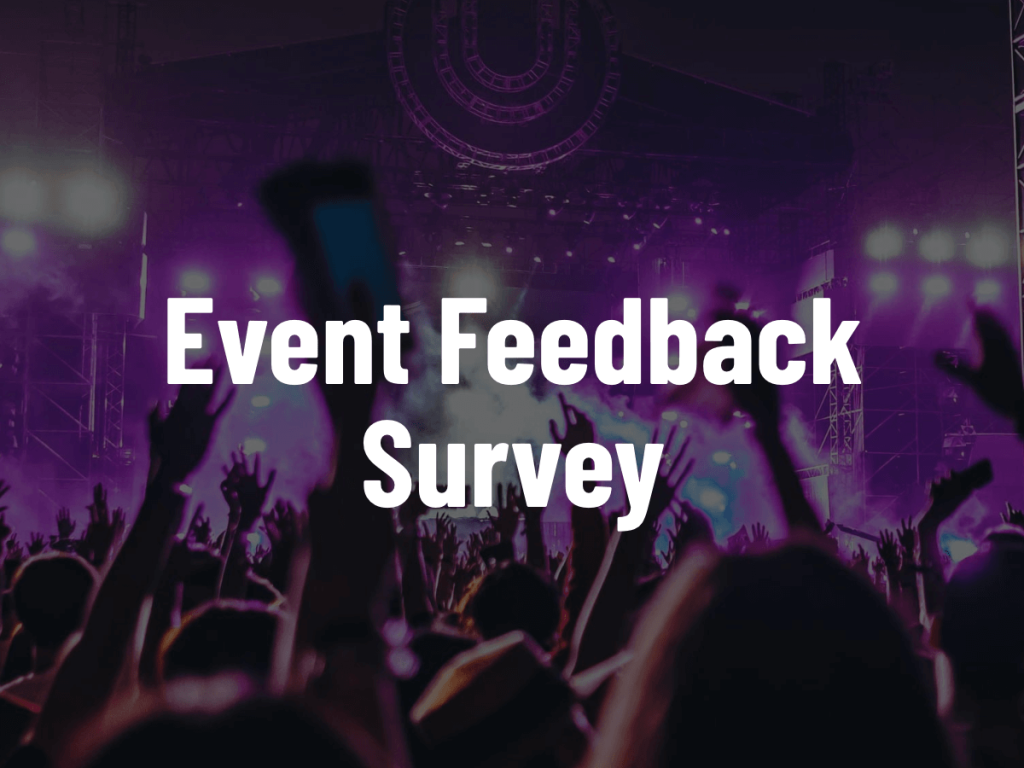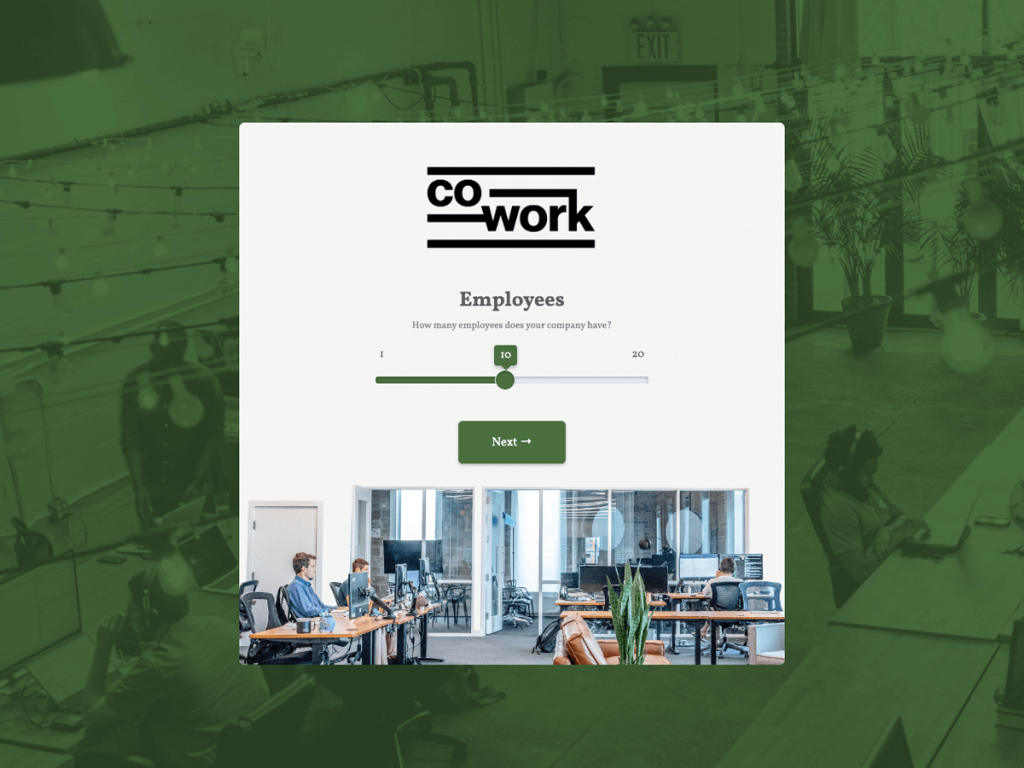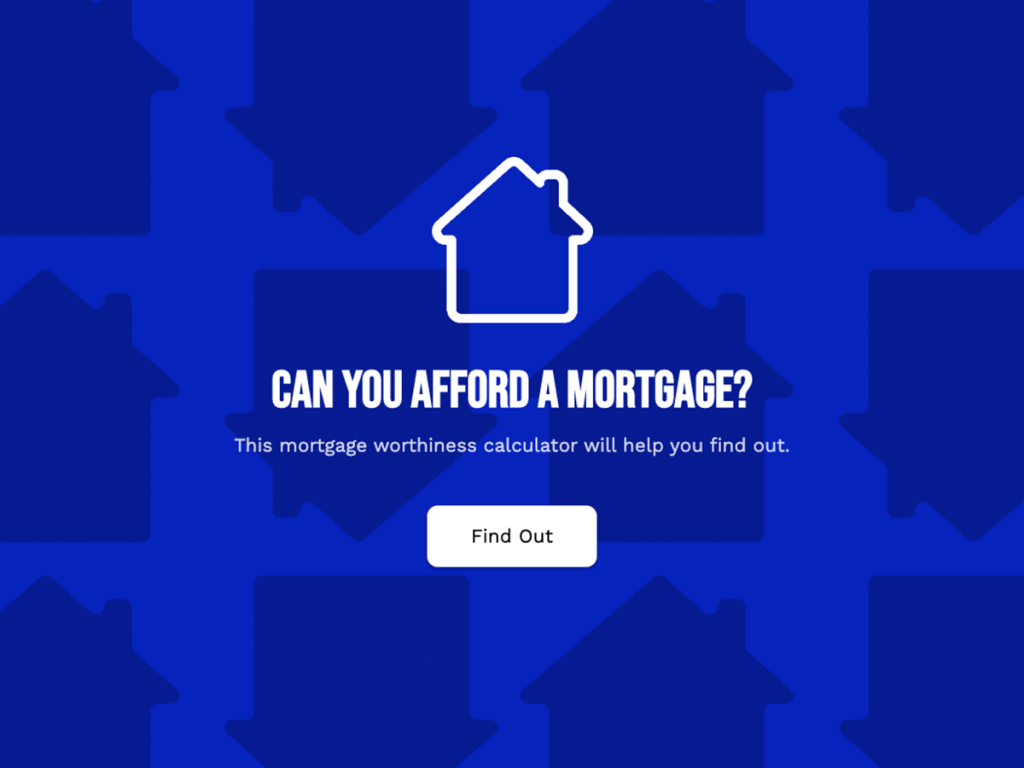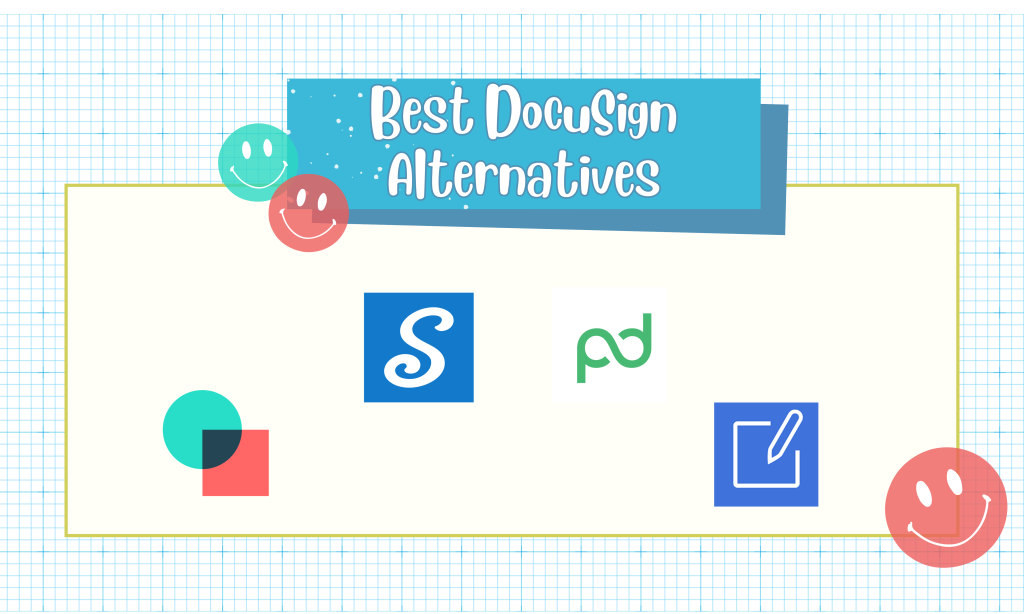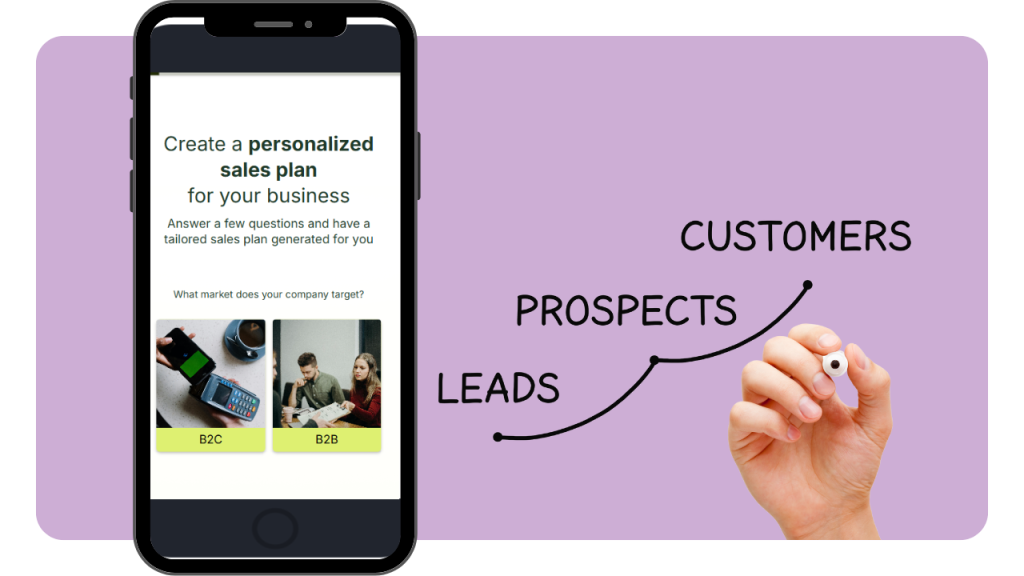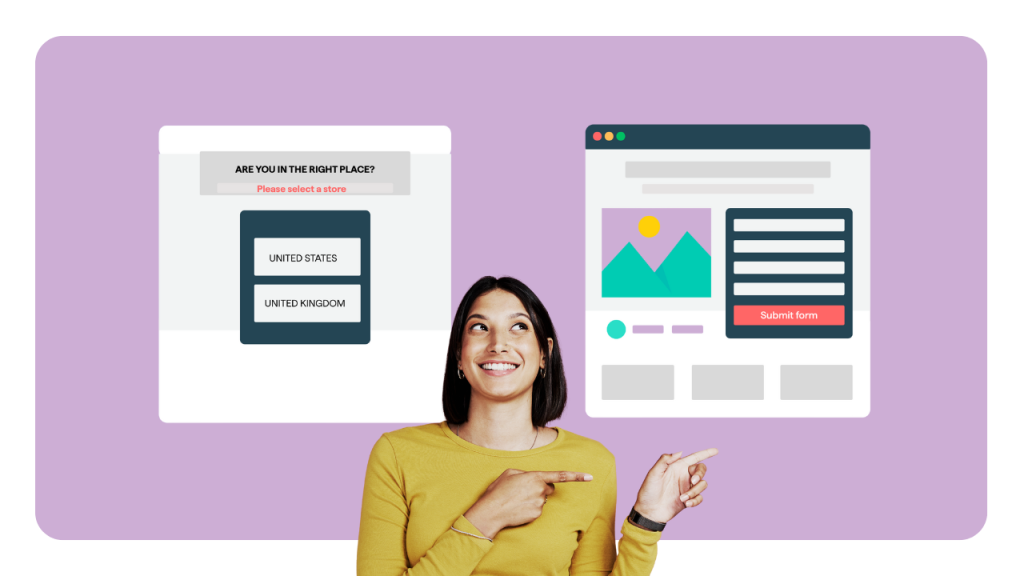Launching a new product goes a lot better when you have an audience that’s interested in it.
Optin pages help you build that audience.
What is an Optin Page?
An optin page is a landing page where your website visitors can sign up for updates, offers or a newsletter. It presents your upcoming or existing product as an obviously awesome solution to your target demographic’s pain points.
Optin pages are standard practice for growing email lists and contact bases. You can see them as quick pop ups or landing pages inviting you to download free pdfs, sign up for a webinar or get a discount.
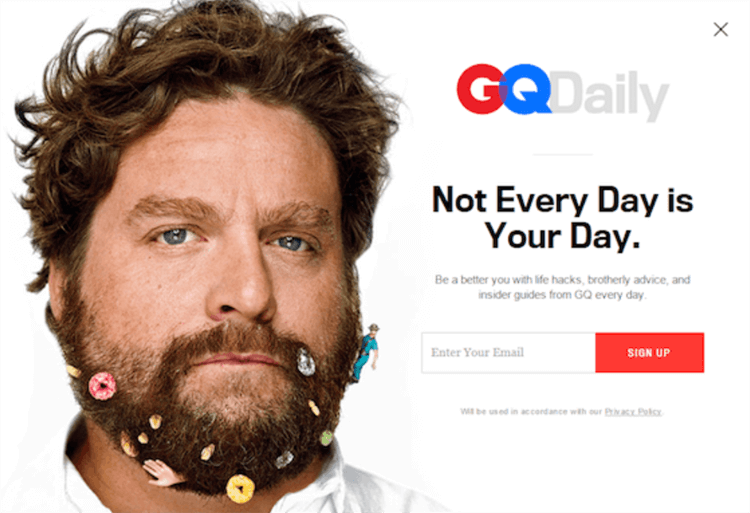
Whether you’re launching a product or working on a new section of your website, you’ll need an optin page. When preparing to launch a product, you should be busy making the product awesome. If you have to spend a full day using a web design software to create an optin page, you’re doing something wrong.
Take the time you would have spent on coding a "coming soon" page and put it into your product instead. Here’s how to make a boss, high-converting optin page in 20 minutes or less ;).
What is a "coming Soon" Optin Page?
A good optin page will capture leads interested in your upcoming projects, giving you an audience for your launch. Launching a new campaign is a lot easier if you already have an audience to reach out to.
Getting those early sales is crucial for your product to catch on and a smart optin page helps you with that. Generating demand for a product that doesn’t even exist yet is a challenge.
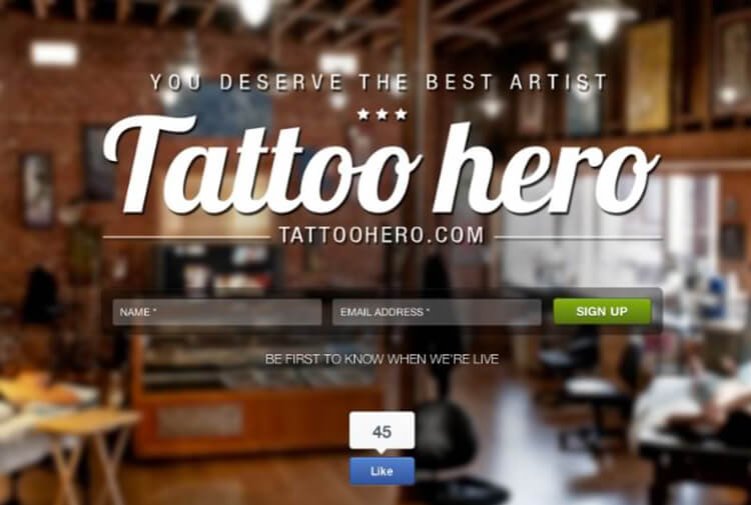
"Coming soon" pages are solid storefronts for your product concepts. They look pretty and gather potential customers while you focus working on your product.
Why Do You Need an Optin Page?
1. Growing Your Email List
A smart optin page that asks questions can collect segmented leads for your automated emails.
Email has the best return on investment out of all marketing channels. Four times higher to be exact. According to an eMarketer study, the median email marketing ROI is 122%.
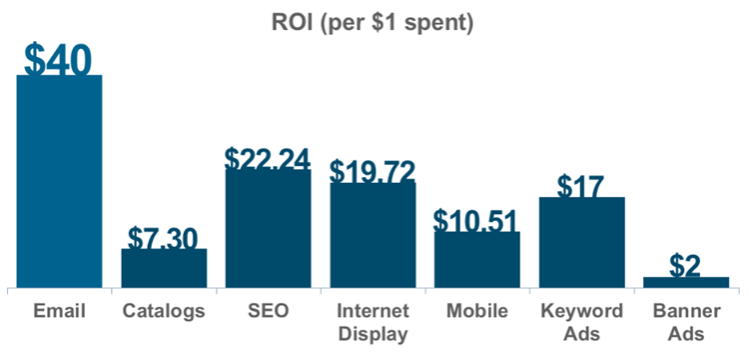
This Neil Patel chart compares email to other channels.
You can keep it simple with one large email list and send a weekly newsletter, or you can take advantage of your leads’ segmentation and set up different emails for different answers.
Identifying user preference early on is striking gold. Literally. Segmented email campaigns can increase revenue by 760%. (Campaign Monitor)
Your emails will become more relevant to each receiver, making them more likely to click and less likely to unsubscribe. As a matter of fact, email campaigns reach 90% of your audience, as opposed to social media where it’s only 2%.
Emailing your users about your new product is much more efficient than posting about it on social media. You can of course use social media additionally to collect more email subscribers.
2. Converting Casual Browsers into Leads
Subscribing to a newsletter is a low-level commitment. People who are not ready to even consider a purchase might still want to learn from you.
Email lists and regularly updating your audience helps establish your authority in your niche. They help you build trust. People buy stuff from people they trust. Sell your solutions with trust, authority and conviction.
Once you have captured their email address, you could take it even one step further and add them to an automated sales funnel which will nurture them all the way to conversion. Learn how to do that in our detailed article about sales funnels and how to implement them .
If you are all about getting more contacts and prospects, you can start planning for a full blown content strategy which will help you reach a whole new level in lead generation. Read more about 10.000 inbound leads a month content strategy →
3. Shaping Your Product Early on
Explaining the rough concept of your product and what it can do can spark many conversations. These conversations can shape your product. Listen to what your target demographic has to say.
Here’s how to shape your product with a smart optin page?
Step one: Use your optin page to ask your persona about their needs and struggles.
Step two: Build a product that solves them.
Step three: Let them know when it’s out.
Step four: Repeat.
“You don't find customers for your products. You find products for your customers.” Seth Godin, 'the ultimate entrepreneur for the information age'
4. Driving More Sales
Optin pages are the new elevator pitch. You have a slither of attention in the corner of your prospect’s eye - make it count.
Describe your services in a brief, straight forward way. Add a CTA.
Eliminate distractions. Only 16% landing pages have the navigation bar removed. Give people one thing to click.
Think more this:
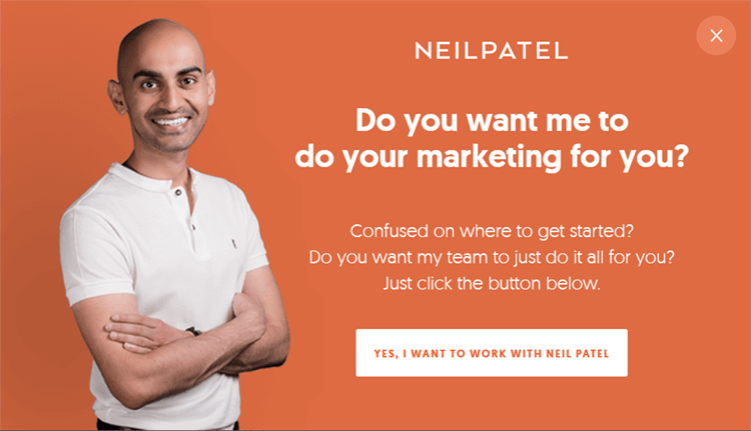
Less this:
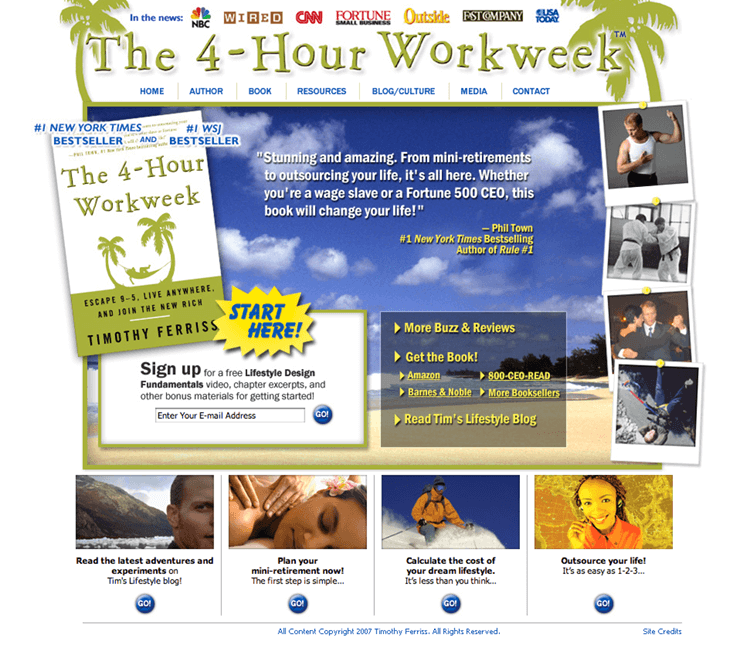
Combined with an email campaign, a conversion strategy and a product that solves your audience’s problems, your sales will go up.
What is a Smart Optin Page?
Finding a bad optin page is increasingly harder as marketers have access to better tools, education and editable templates that are hard to mess up. What was great in 2016 is a disaster today.
People have higher standards for digital interactions.
High converting optin pages have 2 things in common:
1. They ask viewers to do 1 thing and clearly explain why
2. They look stunning
Bad Optin Page Practices to Avoid!
Your optin page is competing for increasingly shorter attention spans in the digital space. Communicate your message clearly, boldly and mobile-friendly.
1. Neglecting Mobile Visitors
61% of all online traffic is mobile. This number will only grow. The sooner you start taking mobile visitors seriously, the less revenue you lose.
Have a look at these mobile friendly drag & drop templates →
33.5% Black Friday revenue last year came from mobile searches. 44.7% of all e-commerce retail in the US comes from mobile purchases. The mobile online shopping forecast for 2021 is 53.9%.
Can your fresh-out-of-the-bus business afford to lose over a half of its potential revenue? Do yourself a favour and make your optin page mobile friendly.
2. Slow Loading Speed
Slow loading speed is a trend we’re leaving in the early 2000s, along with low-rise jeans and shell necklaces. Just stop.
A one second delay in loading speed can reduce your conversions by 7%. Count how much that would be in lost revenue.
There’s countless solutions for slow loading speed so there’s no excuse for your optin page to take it’s sweet time.
3. No Call to Action
Your "coming soon" page exists for 2 reasons: telling people what you’re selling and giving them an option to get it when it’s out. If you mess up one of those things, your optin page won’t get optins.
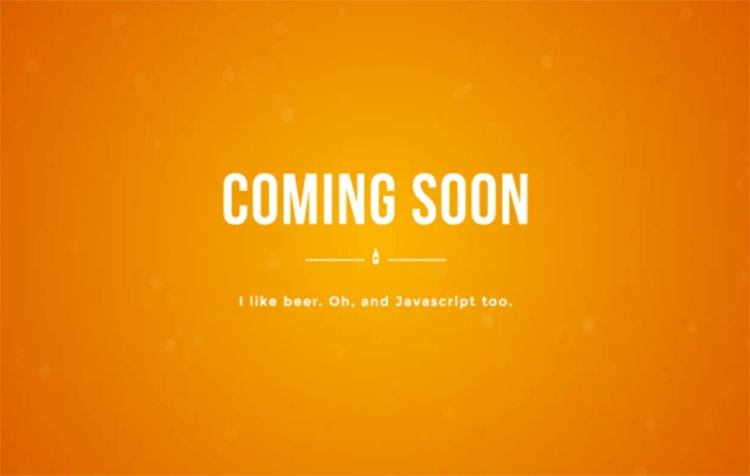
I’m talking to you, Chad. Nobody cares what you like. Your entire online presence needs to be about helping and educating your audience. Ask them what they like.
In this case we don’t know what we’re getting from Chad so let’s just assume he’s selling Javascript online classes while drinking BudLight, which is unironically a 10/10 business concept.
Where do we sign up for this service? Can we contact somebody? Hello?
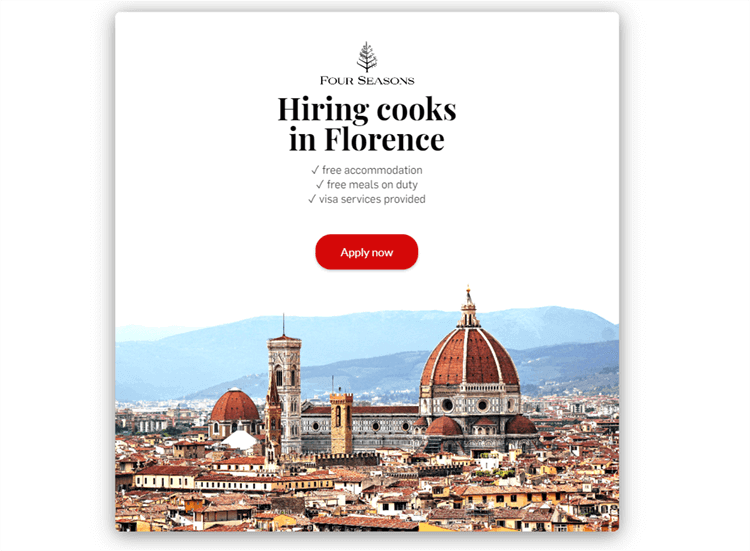
This page does a much better job with the same amount of effort. It tells you they’re hiring cooks. Where? In Florence. How can you apply? Click the big red “Apply now” button. Let’s have a look at how to make it.
Make a "coming Soon" Optin Page
Making a quick "coming soon" page is as easy as drag & drop. Frankly, if you absolutely have to code anything these days, you’re better off making a #nocode solution and selling that. Let's see how you can make a beautiful optin page using involve.me in a matter of clicks and not a single line of code!
Let's start :)
1. Find an involve.me Template Which You Fancy. There Are Plenty to Choose From. Simply Check out Our:
2. Pick a Template Design That Works with What You’re Aiming for
All involve.me lead page templates are optimized to maximize conversions. They do not have a navigation bar to distract your visitors, they come with buttons you can customize and test as well as HD images that load fast.
3. Customize the Template to Match Your Brand Perfectly
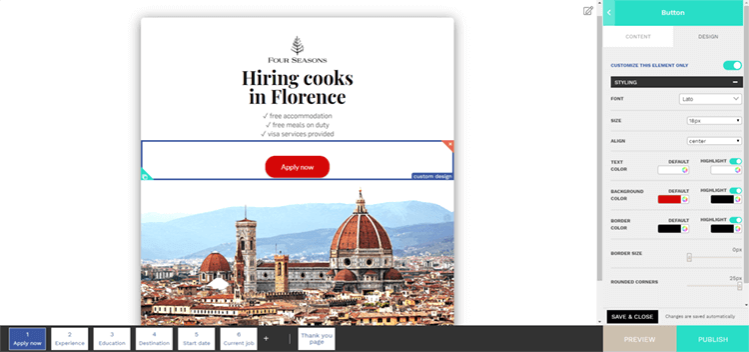
Any involve.me template can be customized. You can change the fonts, colours, sizes, background, layout… You can also add new elements and delete the ones you don’t need.
4. Drag and Drop All the Elements You Need
Contact details and date picker are the most commonly used elements in lead pages.
5. Publish Your Page
By clicking publish, your page will go live and you can start showing it to your audience. Don’t forget to add Facebook Pixel, Google Analytics and Google Tag Manager tracking to retarget your page visitors later and see how they behave.
Try involve.me now -> it's free :)
